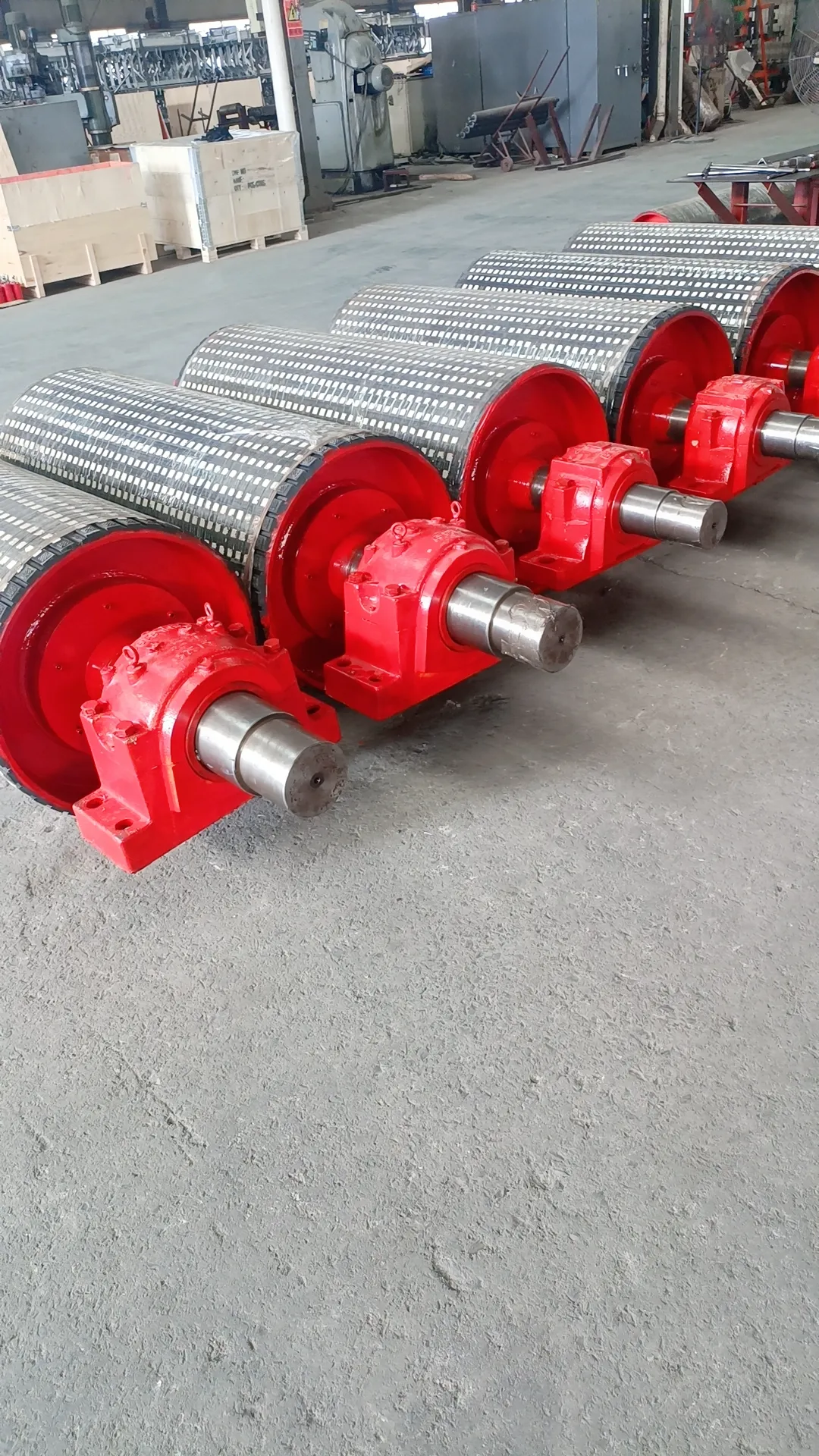 Afrikaans
Afrikaans  Albanian
Albanian  Amharic
Amharic  Arabic
Arabic  Armenian
Armenian  Azerbaijani
Azerbaijani  Basque
Basque  Belarusian
Belarusian  Bengali
Bengali  Bosnian
Bosnian  Bulgarian
Bulgarian  Catalan
Catalan  Cebuano
Cebuano  Corsican
Corsican  Croatian
Croatian  Czech
Czech  Danish
Danish  Dutch
Dutch  English
English  Esperanto
Esperanto  Estonian
Estonian  Finnish
Finnish  French
French  Frisian
Frisian  Galician
Galician  Georgian
Georgian  German
German  Greek
Greek  Gujarati
Gujarati  Haitian Creole
Haitian Creole  hausa
hausa  hawaiian
hawaiian  Hebrew
Hebrew  Hindi
Hindi  Miao
Miao  Hungarian
Hungarian  Icelandic
Icelandic  igbo
igbo  Indonesian
Indonesian  irish
irish  Italian
Italian  Japanese
Japanese  Javanese
Javanese  Kannada
Kannada  kazakh
kazakh  Khmer
Khmer  Rwandese
Rwandese  Korean
Korean  Kurdish
Kurdish  Kyrgyz
Kyrgyz  Lao
Lao  Latin
Latin  Latvian
Latvian  Lithuanian
Lithuanian  Luxembourgish
Luxembourgish  Macedonian
Macedonian  Malgashi
Malgashi  Malay
Malay  Malayalam
Malayalam  Maltese
Maltese  Maori
Maori  Marathi
Marathi  Mongolian
Mongolian  Myanmar
Myanmar  Nepali
Nepali  Norwegian
Norwegian  Norwegian
Norwegian  Occitan
Occitan  Pashto
Pashto  Persian
Persian  Polish
Polish  Portuguese
Portuguese  Punjabi
Punjabi  Romanian
Romanian  Russian
Russian  Samoan
Samoan  Scottish Gaelic
Scottish Gaelic  Serbian
Serbian  Sesotho
Sesotho  Shona
Shona  Sindhi
Sindhi  Sinhala
Sinhala  Slovak
Slovak  Slovenian
Slovenian  Somali
Somali  Spanish
Spanish  Sundanese
Sundanese  Swahili
Swahili  Swedish
Swedish  Tagalog
Tagalog  Tajik
Tajik  Tamil
Tamil  Tatar
Tatar  Telugu
Telugu  Thai
Thai  Turkish
Turkish  Turkmen
Turkmen  Ukrainian
Ukrainian  Urdu
Urdu  Uighur
Uighur  Uzbek
Uzbek  Vietnamese
Vietnamese  Welsh
Welsh  Bantu
Bantu  Yiddish
Yiddish  Yoruba
Yoruba  Zulu
Zulu lagged head pulley
Understanding the Lagged Head Pulley in Mechanical Systems
In mechanical systems, particularly in the realms of manufacturing and material handling, the efficient transfer of power and movement is crucial for optimal performance. One component that plays a significant role in this context is the lagged head pulley. This article will explore the definition, function, and importance of the lagged head pulley, as well as its applications and maintenance considerations.
What is a Lagged Head Pulley?
A lagged head pulley is a type of pulley that features a lagging material, typically rubber, bonded to its surface. This lagging provides increased friction between the pulley and the conveyor belt that runs over it. The primary purpose of lagging is to enhance the grip of the pulley, thereby facilitating the efficient transmission of torque from the pulley to the belt. This is particularly important in situations where the belt needs to handle heavy loads or navigate steep inclines.
Function of the Lagged Head Pulley
The lagged head pulley is an integral part of conveyor systems, which are widely used in industries such as mining, agriculture, and manufacturing. When materials are transported along a conveyor belt, the lagged head pulley serves several essential functions
1. Friction Enhancement The added friction from the lagging material helps prevent slippage. In scenarios where significant torque is required to move heavy materials, the lagging ensures that the belt remains securely in contact with the pulley.
2. Wear Resistance The lagging can protect the underlying metal pulley from wear and tear caused by the constant friction and movement of the conveyor belt. By absorbing some of the impact, the lagging prolongs the life of both the pulley and the belt.
3. Noise Reduction The presence of rubber lagging can help dampen the noise produced by the operation of conveyors, contributing to a quieter work environment.
4. Improved Traction In applications where belts may experience oil, water, or other contaminants, lagging can improve traction, ensuring that the conveyor system operates smoothly and efficiently.
Applications of Lagged Head Pulleys
Lagged head pulleys can be found in a variety of industrial applications. Some common uses include
lagged head pulley

- Mining Operations In mining, heavy materials such as ores and minerals are transported, often involving steep conveyors. Lagged pulleys help manage the substantial load and gradient challenges.
- Food Processing In food industries, conveyors are used to move products through different stages of production. The rubber lagging helps in maintaining hygiene and provides adequate support for the belt.
- Material Handling in Warehouses Many warehouses rely on conveyor systems to efficiently move goods. Lagged head pulleys ensure that products are transported without delays or mishaps.
Maintenance Considerations
To ensure that lagged head pulleys perform optimally, regular maintenance is essential. Here are a few tips
1. Inspection Regularly inspect the lagging for wear, cracks, or peeling. Any signs of damage should be addressed immediately to prevent further issues.
2. Cleaning Keep the pulleys clean and free from debris that could affect the traction and performance.
3. Alignment Ensure that the pulleys are properly aligned with the conveyor system. Misalignment can lead to uneven wear and premature failure.
4. Replacement When the lagging material shows signs of deterioration, it should be replaced to maintain the efficacy of the entire system.
Conclusion
The lagged head pulley is a critical component of conveyor systems, providing the necessary friction and support to ensure efficient material handling. Understanding its role and implementing proper maintenance practices can significantly enhance the reliability and performance of mechanical systems in various industrial settings. As industries continue to evolve, the importance of such components will remain paramount to achieving higher efficiency and productivity.
-
Revolutionizing Conveyor Reliability with Advanced Rubber Lagging PulleysNewsJul.22,2025
-
Powering Precision and Durability with Expert Manufacturers of Conveyor ComponentsNewsJul.22,2025
-
Optimizing Conveyor Systems with Advanced Conveyor AccessoriesNewsJul.22,2025
-
Maximize Conveyor Efficiency with Quality Conveyor Idler PulleysNewsJul.22,2025
-
Future-Proof Your Conveyor System with High-Performance Polyurethane RollerNewsJul.22,2025
-
Driving Efficiency Forward with Quality Idlers and RollersNewsJul.22,2025





























